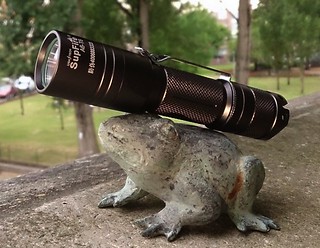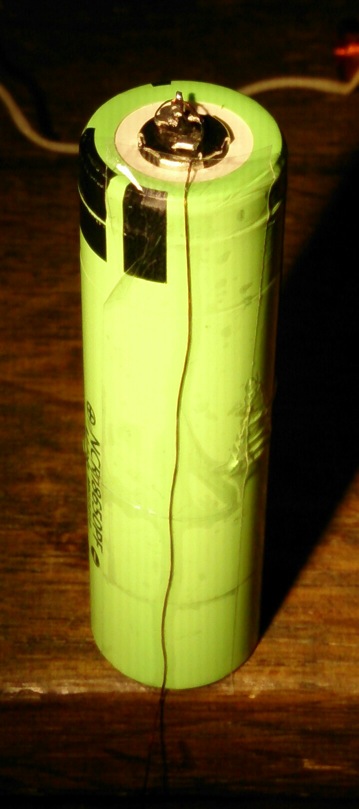I was wondering though if you wanted 4A as a max for example instead of 5A, couldn't the firmware simply use 80% for high, since the current controlled regulation works so well (no PWM's)?
That's possible of course,but it's simpler for end user to change resistor.
I understand Rufus I am also a bit skeptical despite I know the theory and that this should be more efficient in low modes for sure, but I can’t believe it until I have seen these tests…lol
If I measure lumen on a nanjg I get around the same lux as the dutycycles…say 1000lm on 100% and if I have a mid of 130 which is 51% dutycycle I get around 500lumens. So I know that this is inefficient because I only get the led efficiency at max current I see this every day but still are unsure how much this will add as a real life benefit.
So a test with a stacked nanjg or a FET driver would be nice to have. :bigsmile:
Hmm, I will prepare myself mentally for stacking 5 or 6 chips next wednesday....
I did a quick test of the LD-1's medium mode in a HD2010 against a closely configured Nanjg driver I already had in a HD2010 pill. Results at the bottom of the OP: https://budgetlightforum.com/t/-/27915.
The efficiency tests have been done by the other testers. Only thing left for me is to report my experience with this driver in an actual flashlight. I put it in my Supfire A6-T6, which has become my go-to flashlight for camping and other holidays.

This flashlight had a direct driver, a FET-converted Qlite RevA driver (method of comfychair). The modes in that driver were made by PWM: 37-55-320-970 lumen. When using the light on holidays I loved the two highest modes but really needed the lowest mode lower than 37 lumen.
With the led4power driver, now the modes are: 5-20-290-820 lumen. So I offered a bit of output at the highest mode, but the mode spacing is pretty perfect to me now. As for the efficiency, I tested the four modes while measuring battery voltage, tail current and lumen output simultaniously. Battery voltage was measured by taping a tiny wire along the battery to the plus-pole:

The results:
low low: 0.02A 4.10V 5lumen 64lumen/W
low: 0.07A 4.11V 20lumen 70lumen/W
med: 1.07A 4.06V 290lumen 67lumen/W
high: 3.9A 3.78V 760lumen 52lumen/W
Note that the lowest setting had the current still measured in the 10A setting of the DMM, so that one is not accurate. The highest setting measured only 760 lumen, while the assembled flashlight without current/voltage measurement things attached measured 820 lumen. This has something to do with the resistance of the DMM leads and a bit wacky banana-bus in my DMM :-(
An efficiency of 67 lumen/W at 1A in 3700K 80CRI is really good by the way.
I don't think this flashlight can be any better now.